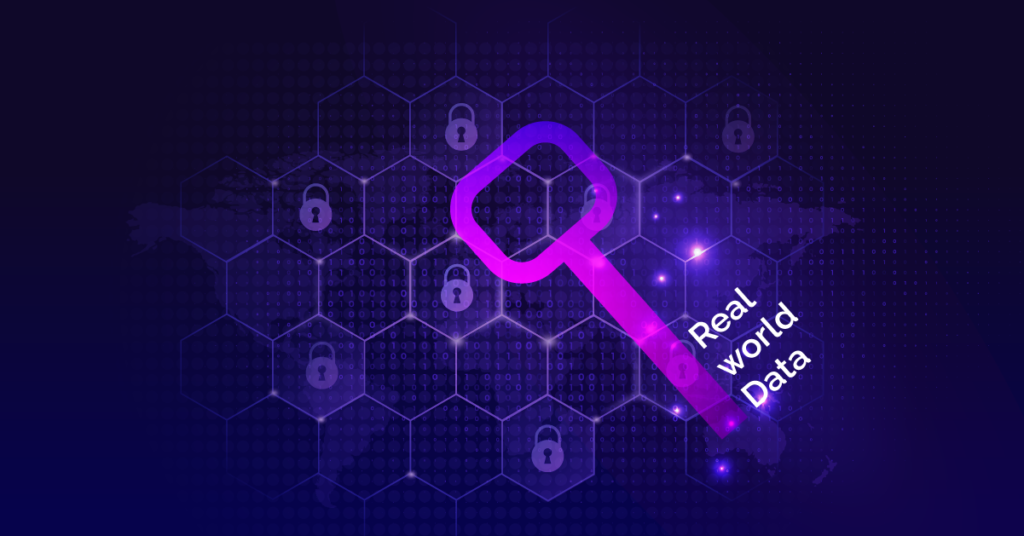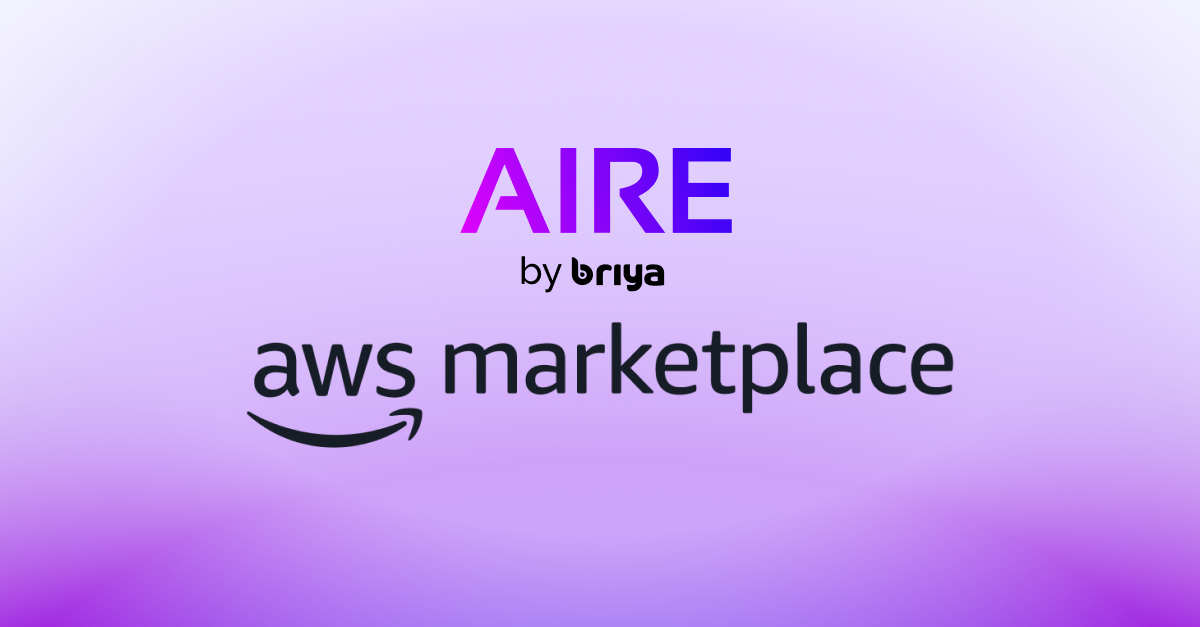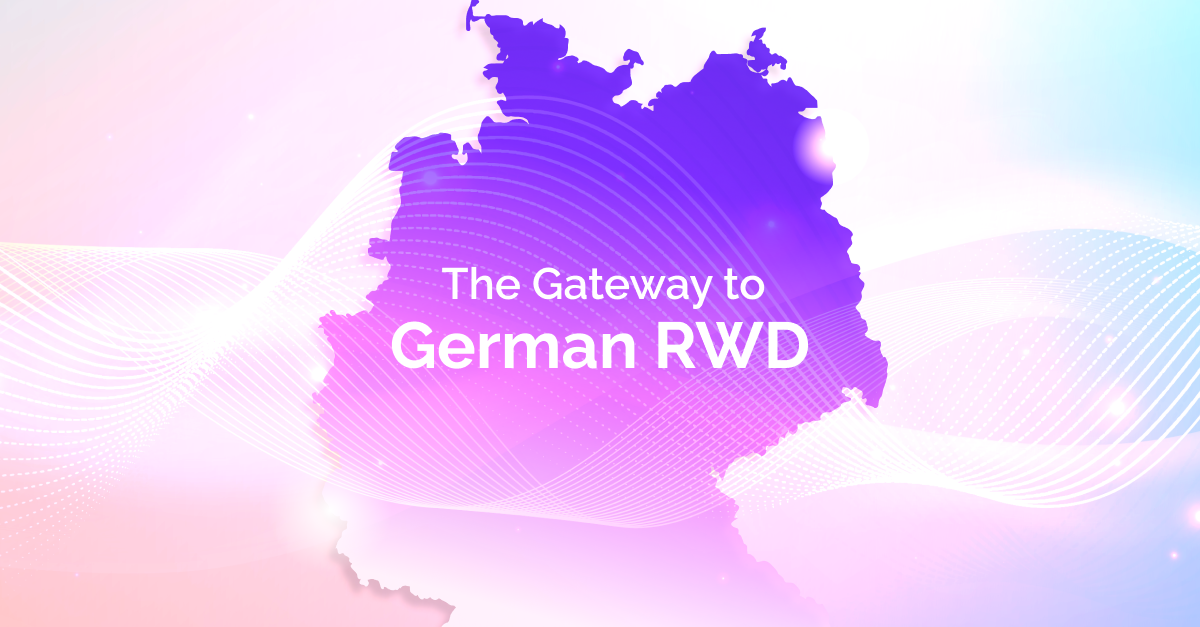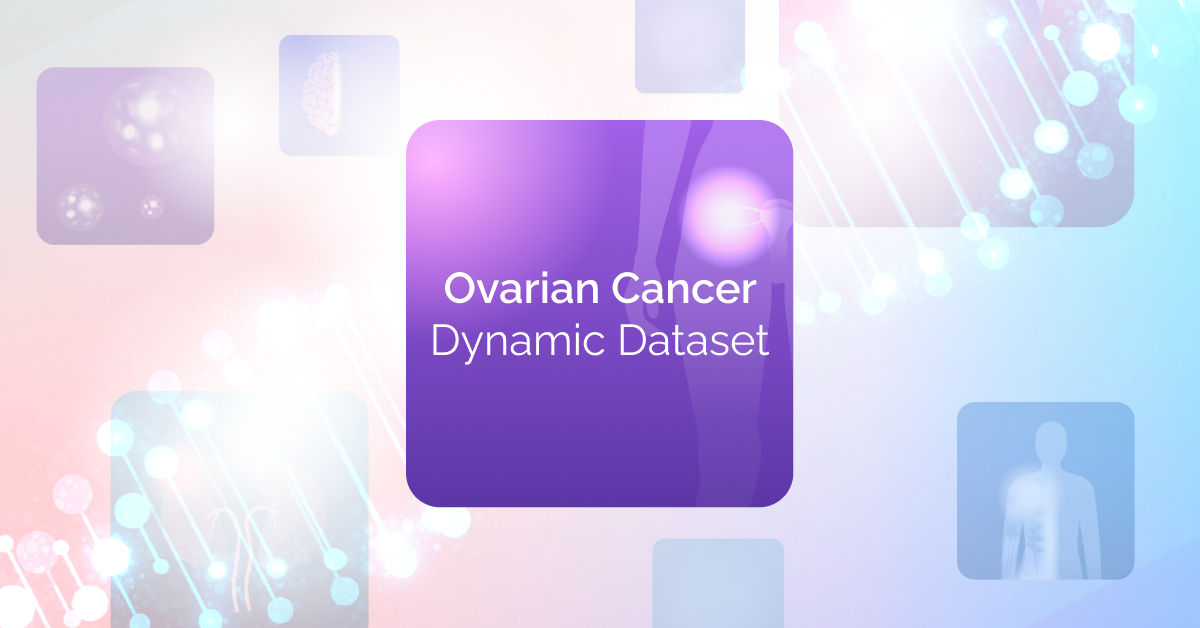Geography can sometimes play a decisive role in the fate of a patient. Many drugs that are used successfully on one continent, remain off limits elsewhere because they have not gained the necessary regulatory approval. As a result, severely ill patients may be denied medication that has already saved countless people across the sea. In these scenarios, the doctor’s hands are tied – he cannot prescribe the best and safest drug and must resort to less effective alternatives.
How is it that entire populations can end up being deprived of optimal treatment options? Contrary to what you may think, this problem is not limited to developing countries. Indeed, some of the wealthiest countries on the planet suffer from this problem.
In this blog post, we explore the reasons behind this unfortunate situation, and discuss an emerging approach to make the drug approval process more feasible in such cases. In particular, we dive into how real world data (RWD) can be used to support population bridging, enabling life-saving drugs to cross borders and reach those who are in desperate need of them.
Why my Medication was Stopped at the Border
Developing a new drug typically costs about $1 billion and takes over a decade. But even after it is approved and used successfully on one continent, it can only become widely available in other countries after it receives local regulatory approval for those areas.
Obtaining additional approval may require a separate, costly and complex clinical trial. This makes pharmaceutical companies think long and hard before they launch another time-consuming study. There are often compelling reasons not to conduct an additional trial at all, permanently cutting off entire populations from effective treatment options.
Fortunately, there are new approaches to this problem. Let’s take a look at this issue from a fresh angle.
Population Bridging 101
When a medication is approved for a new market, what we are really talking about is approving it for a new population. When a drug is found to be safe and effective in one location, regulatory approval isn’t automatically transferred from one country to the next, and for good reason. Different populations may respond differently to drugs. Failure to recognize this has led to disastrous consequences in the past. This is why the FDA, for example, typically requires that at least 30% of trial participants be American. These types of regulatory conditions can be viewed as restrictive, but they can also open the door to examining this issue from a fresh vantage point.
RWD can help bridge the gap between populations in new and exciting ways, offering us a new approach to the drug approval process.
How Medications can Cross an Ocean
RWD is data collected from outside the traditional clinical trial setting. This can include anything from Electronic Medical Records (EMRs) and lab results to health apps, medical devices and registries. It is a powerful layer of information that can be added to our drug development toolkit to radically speed up the drug approval process.
RWD can help bridge the gap between populations, and it can do so in record time. Instead of going to the great lengths of conducting a clinical trial from scratch, RWD can be used to perform population bridging. That is, it can be used to prove that a drug is safe for use in populations that were not adequately represented in the original registration trial.
In the following section, we examine how to bring these ideas down to earth.
Getting Practical: How to Build a Bridge with RWD
There are several RWD strategies researchers could take to perform population bridging.
Let’s assume for a moment that a researcher wants to expand a drug from Europe to the United States. In such a scenario, she could:
- Study the medical outcomes of Americans living in Europe who took the drug.
- Show that the disease’s epidemiology, manifestations and outcomes are similar across the two populations.
- Demonstrate that the European and American populations react similarly to drugs that were approved in both countries for this indication.
These are just a few examples of what can be done. The beautiful thing about RWD is that it opens the door to many new possibilities. Drug approval doesn’t have to depend on additional phase-3 clinical trials that may never take place due to business and economic considerations. Instead, researchers can roll up their sleeves and get creative. RWD allows us to think outside the box, finding ways for valuable drugs to cross geographical and demographic borders and improve our health and our societies at large.
This isn’t just science fiction. In recent years, the industry has begun to witness exciting success stories in this realm.
From Asia to America: The Case of Opdivo
Esophageal squamous cell carcinoma (ESCC) is a devastating cancer that has often spread by the time it is diagnosed, requiring systemic therapy. As for several other cancers, one of the exciting developments in this field has been immuno-oncology. Bristol Myers Squibb used RWD to perform population bridging for Opdivo, an immunotherapy for patients with ESCC.
Because the original randomized clinical trial (ATTRACTION-3) that evaluated Opdivo for ESCC was conducted predominantly in Asia, only 4% of participants were westerners. Therefore, the medication could not be approved in the US.
To bridge this gap, BMS performed two real-world observational studies that included data from EMRs, as well as linked registry and claims data. These studies demonstrated that the outcomes for Americans who received standard of care chemotherapy were not significantly different from those observed in Asia in the clinical trial or in the medical literature. This evidence helped strengthen the company’s case and ultimately led to FDA approval of Opdivo for ESCC in June 2020.
While this type of RWD study is incredibly promising, it is still an outlier – for now. The study wouldn’t have been possible without access to comprehensive, fit-for-use clinical data.
A Final Note
At the heart of these RWD studies is data access. In order to conduct RWD research, researchers must be able to track down and piece together high quality and reliable medical data taken from multiple sources across the globe. In addition, they must do so compliantly and efficiently.
This is exactly what Briya was designed for. Our decentralized architecture is built for seamless and elegant data retrieval. With just one query, you can instantly access the data you need, taken from multiple sources. You receive one unified high quality dataset that has been standardized in FHIR and matched to form longitudinal patient-level records. In addition, our triple layered de-identification technology, coupled with our smart contracts, ensures that each data transaction is secure and in full compliance with regulations.
Join us to start building bridges to new markets and populations and help pave the way to a healthier, more inclusive and equitable future.



